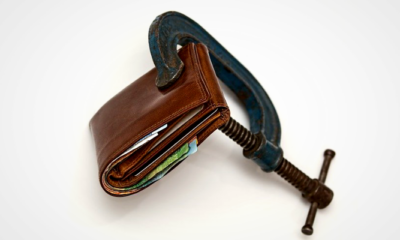Lending Services
Loan To Value

The Loan to Value (LTV) refers to how much an appraiser or other professional appraiser believes the property to be worth at the time of the loan approval. This is a very important concept and must be studied carefully, so that it is understood how to use this concept for the benefit of a lender. The loan-to-value ratio is an important financial term often used by loan lenders to indicate the ratio of an outstanding loan to its current market value. The term is most commonly used by banks and other building societies to refer to the ratio of a mortgage loan to its present market value.
Loan lenders make their money by providing loans to borrowers and not by making sure that the borrower will pay back the loan, so they do not want to give out loans with an extremely high LTV. Therefore, they set a cap on the amount of loan that can be given to a borrower based on the value and price of the property, which is known as the Loan to Value (LTV).
This allows the lender to charge lower interest rates on their loan, even if the property in question is worth more than the current market value. There are some areas of business that may fall under the category of being LTV rated. Businesses that deal with commercial property, or those that buy, sell or rent office space may fall under the terms of the loan to value.
In order to calculate this ratio, you must first find out what the current market value of your property is. This can easily be done with a simple internet search. Then you need to determine the cost of your property in relation to the current value. If the property in question was bought for less than the current value, then the current value will be used as the base to calculate the loan to value.
For example, if you have a property that you bought for less than $250k and the current market value is around $500k, your loan to value would be calculated as the loan to value less the current market value minus the initial purchase price. If the price exceeds the current value, then you will have a high LTV, which will show up as such on your financial statement. The key to using this type of financial statement wisely, is to keep the cost of the property in line with the current market.
Loan to value is also helpful for real estate investors, who are looking to take advantage of areas that are below their area of interest. For instance, if an investor has purchased property in a city and it is below their area of interest, they may want to buy properties in surrounding cities in order to be able to maximize the potential profits. It can be difficult to purchase expensive property in high value areas without a high mortgage rate, so they may wish to use the loan to value to try to offset this risk.
















